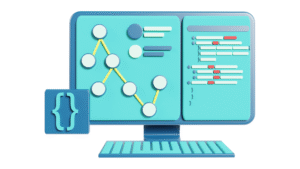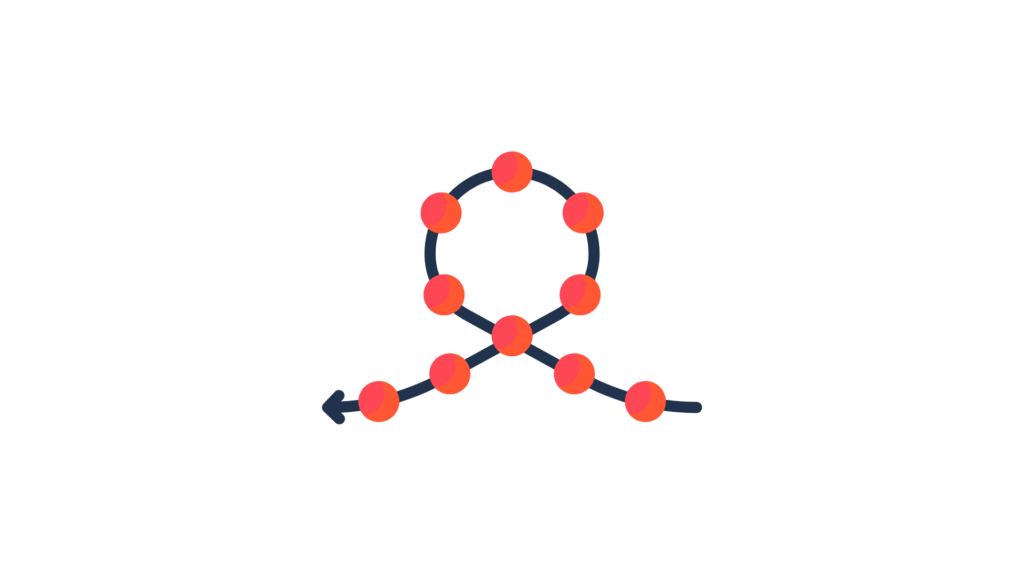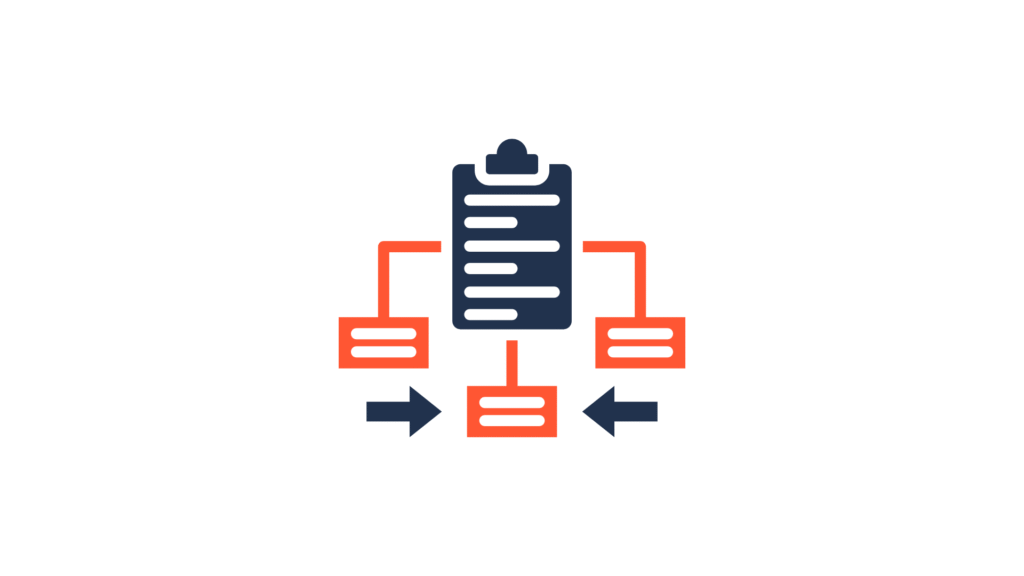




 In conclusion, understanding data structures are essential for writing efficient programs and solving real-world problems effectively. From arrays and linked lists to stacks, queues, trees, and graphs, each data structure has unique properties suited for specific applications. Mastering these concepts will not only improve your problem-solving skills but also make you a better programmer. Whether you’re preparing for coding interviews or working on software development projects, a solid grasp of data structures will give you a significant advantage. So, start exploring, practise with real-world problems, and build a strong foundation in data structures today. If this blog got you excited and you wish to know more about data structures, kindly visit our website and look out for courses page, you will find numerous online certification courses to get your journey started, see you on the other side!
In conclusion, understanding data structures are essential for writing efficient programs and solving real-world problems effectively. From arrays and linked lists to stacks, queues, trees, and graphs, each data structure has unique properties suited for specific applications. Mastering these concepts will not only improve your problem-solving skills but also make you a better programmer. Whether you’re preparing for coding interviews or working on software development projects, a solid grasp of data structures will give you a significant advantage. So, start exploring, practise with real-world problems, and build a strong foundation in data structures today. If this blog got you excited and you wish to know more about data structures, kindly visit our website and look out for courses page, you will find numerous online certification courses to get your journey started, see you on the other side! 